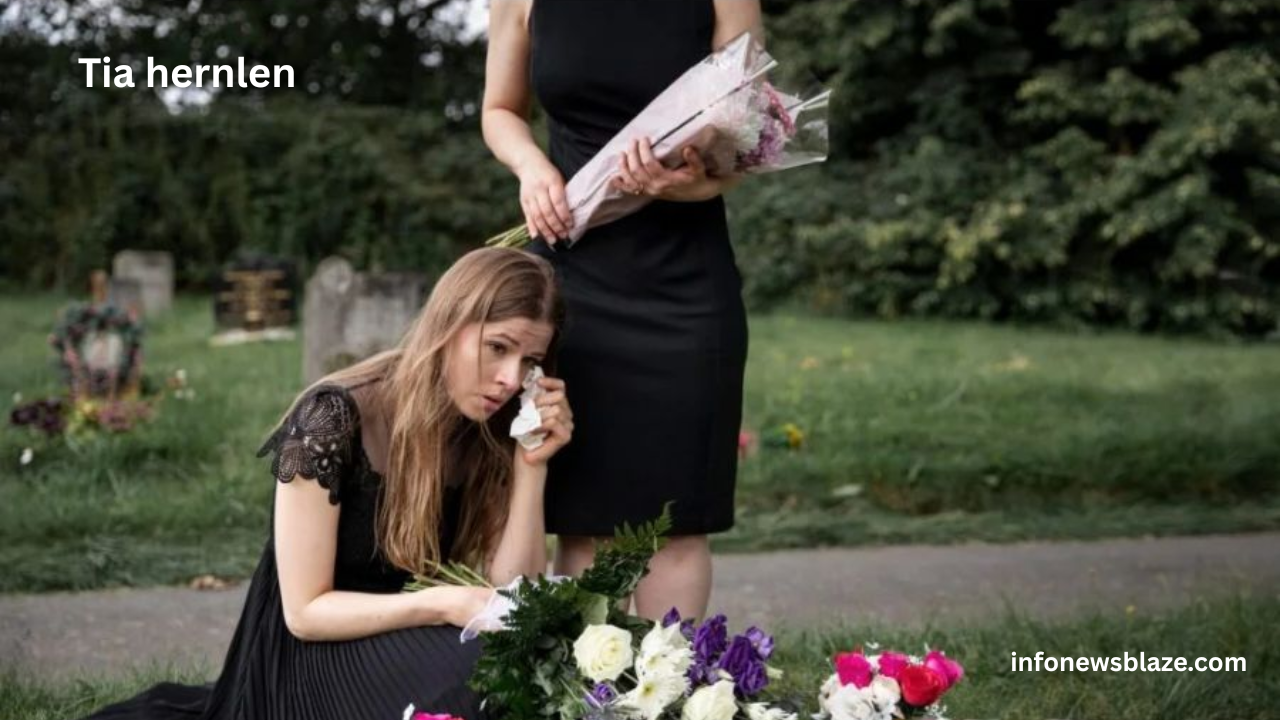In the Emily gladstein ever-evolving world of contemporary art, few voices resonate as deeply as that of Emily Gladstein. Known for her unapologetically bold works and evocative storytelling through visual mediums, Gladstein has carved a unique path in the creative world. Her art goes beyond aesthetics—it provokes conversation, challenges norms, and invites viewers to explore the depths of personal identity, feminism, and socio-political realities.
Emily Gladstein’s name may not always be front-page news, but within artistic circles, she is revered as a creative powerhouse. With a portfolio that reflects raw emotion, urban influence, and a flair for narrative detail, Gladstein has become a vital contributor to the dialogue around art and its place in social commentary. Her work not only reflects her own experiences but amplifies marginalized voices and underrepresented stories in American culture.
This article delves deep into the life, work, and impact of Emily Gladstein. From her early influences to her innovative artistic journey and her contributions to contemporary visual discourse, we explore how Gladstein continues to shape the art world with authenticity, purpose, and power.
Early Life and Background
Emily Gladstein’s roots lie in the vibrant neighborhoods of New York City—a melting pot of cultures, voices, and histories. Raised in Brooklyn, she grew up surrounded by street art, graffiti, and the rhythm of a city that never sleeps. These urban aesthetics and narratives would become intrinsic to her work. From a young age, Gladstein was immersed in art, drawn to its power as a language when words fall short. She often cites her childhood walks through graffiti-tagged streets and vibrant cultural festivals as the earliest inspiration for her artistic identity.
Coming from a family that valued both activism and artistic expression, Gladstein’s upbringing was filled with spirited dinner-table discussions on justice, identity, and self-expression. These values shaped not only her worldview but also her future as a socially-conscious artist. Her parents encouraged her curiosity, gifting her sketchpads and enrolling her in local art programs. Emily’s earliest works—drawings of her neighborhood and the people within it—showed an observational acuity far beyond her years.
Educationally, Gladstein pursued formal training in fine arts, attending institutions known for nurturing independent thought and contemporary styles. Her time in art school refined her technical skills while further fueling her commitment to using art as a tool for advocacy. These formative years laid the foundation for a lifelong dedication to visual storytelling rooted in truth and transformation.
Artistic Journey and Style
Emily Gladstein’s journey into professional artistry began with small showcases in Brooklyn-based galleries and community centers. Her early pieces, raw and emotionally charged, quickly caught the attention of curators seeking authenticity and grit. Gladstein’s art is best described as a blend of realism, pop art, and street-style collage. She often fuses photography with hand-painted elements, creating multi-layered visuals that demand closer inspection.
Her signature style incorporates vibrant color palettes and textured overlays that lend a tactile feel to her works. Many of her pieces explore themes such as femininity, identity, racial dynamics, and urban existence. Gladstein does not shy away from uncomfortable subjects—instead, she confronts them head-on. Her recurring motif of the female form, often abstracted or juxtaposed against urban decay, serves as a powerful symbol of resilience and beauty amid chaos.
Influenced by artists like Barbara Kruger, Jean-Michel Basquiat, and Jenny Holzer, Gladstein’s art is layered with cultural references and sharp social critique. Her mixed-media technique allows her to move between disciplines—painting, photography, digital media—seamlessly, reflecting the fluid nature of identity and storytelling. She is particularly known for using found objects and archival materials, which add a historic and autobiographical touch to her work.
Her artistic voice has matured over the years, but the core of her message remains consistent: art must speak truth and serve as a mirror to society’s fractures and flaws. Each canvas tells a story, not only of the subject it portrays but of the world that shaped it.
Career Highlights and Exhibitions
Emily Gladstein’s rise through the art world has been steady and deliberate, rooted in community and authenticity rather than commercialism. Her first major breakthrough came with her participation in the “Voices of the City” exhibition—a group show highlighting emerging urban artists. Her piece, which explored the concept of “invisible labor” performed by women of color in domestic spaces, drew widespread acclaim for its emotional depth and nuanced execution.
Since then, Gladstein has exhibited in both solo and group shows across the United States and internationally. Notable venues include the Brooklyn Museum, MoCADA (Museum of Contemporary African Diasporan Arts), and even pop-up installations in Berlin and Tokyo. Her work has also been featured in digital art fairs and online exhibitions, making her presence felt in the virtual art scene—a space she embraces for its accessibility and reach.
Some of her most talked-about collections include “Unseen, Undone,” a feminist examination of overlooked female narratives, and “City Pulse,” a series capturing urban life post-2020 lockdown. Critics have described her work as “emotionally confrontational yet healing,” praising her ability to combine social relevance with striking visuals.
In addition to exhibitions, Gladstein has collaborated with non-profits and community arts organizations to curate public art projects and mural initiatives. Her work has also been published in respected art journals and featured in major media outlets discussing contemporary art’s role in activism. Each career milestone reflects her unwavering commitment to art that matters—not only in galleries but also in the streets and in everyday lives.
Impact on Contemporary Art and Culture
Emily Gladstein’s contribution to contemporary art goes beyond the canvas. She has emerged as a vital voice in the dialogue surrounding social equity, female representation, and cultural authenticity in art. By centering marginalized experiences and using her platform to spotlight overlooked communities, Gladstein has redefined what it means to be an artist-activist in the 21st century.
Her work often intersects with movements such as #MeToo, Black Lives Matter, and LGBTQ+ rights, visually translating these narratives into compelling works of art. Through workshops, artist talks, and mentorship programs, she actively supports emerging creatives—especially women and artists of color—encouraging them to find their voice and claim their space.
Gladstein’s role as a cultural influencer extends to academia, where her work is studied in courses on feminist art and urban sociology. Scholars cite her as an example of how visual media can serve as both documentation and resistance. In public spaces, her murals and installations continue to inspire everyday people, offering moments of reflection amid daily chaos.
In today’s fragmented media landscape, Emily Gladstein stands out for her integrity and vision. She embodies the idea that art is not just for galleries but is an essential part of community building and cultural storytelling. Her influence continues to ripple through the art world, opening doors and minds alike.
Conclusion
Emily Gladstein’s legacy is one of fearless creativity, deep empathy, and cultural consciousness. From her early beginnings in Brooklyn to her emergence as a respected artist with a global voice, she has stayed true to her mission: to tell stories that need to be heard, to reflect the world with honesty, and to make art a vehicle for justice and beauty.
Her journey is far from over. As the world grapples with new social and cultural challenges, artists like Gladstein will remain essential—guiding us through complexity with clarity, compassion, and courage. Her canvas is not just a space for paint but a platform for change, conversation, and hope.
📌 Frequently Asked Questions (FAQs)
1. Who is Emily Gladstein?
Emily Gladstein is a contemporary visual artist known for her mixed-media works that explore social justice, identity, and urban life.
2. What is Emily Gladstein known for?
She is recognized for her emotionally rich, socially engaged artwork that often highlights marginalized communities and feminist themes.
3. What style or medium does Emily Gladstein primarily work in?
Gladstein works across various media including painting, photography, collage, and digital art, often blending them into layered compositions.
4. Where can I view Emily Gladstein’s artwork?
Her work is showcased in galleries, museums, online exhibitions, and public installations across the U.S. and internationally.
5. Has Emily Gladstein won any awards or been featured in notable exhibitions?
Yes, she has exhibited in venues like the Brooklyn Museum and MoCADA, and her work has received critical acclaim in several major group and solo exhibitions.
You May Also Read: https://infonewsblaze.com/spelling-bee-buddy/










